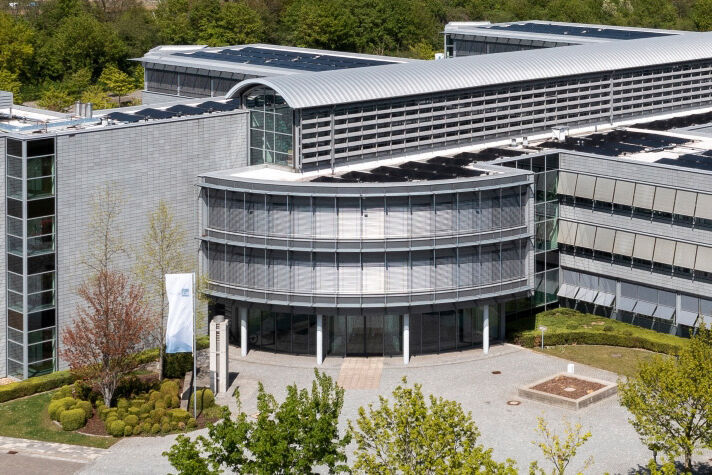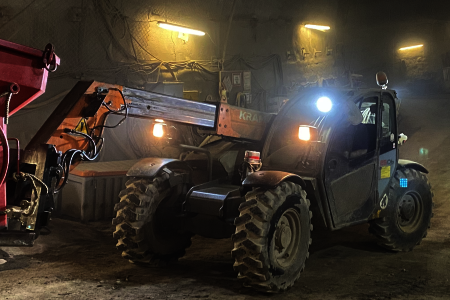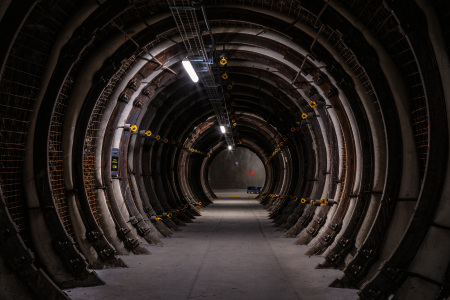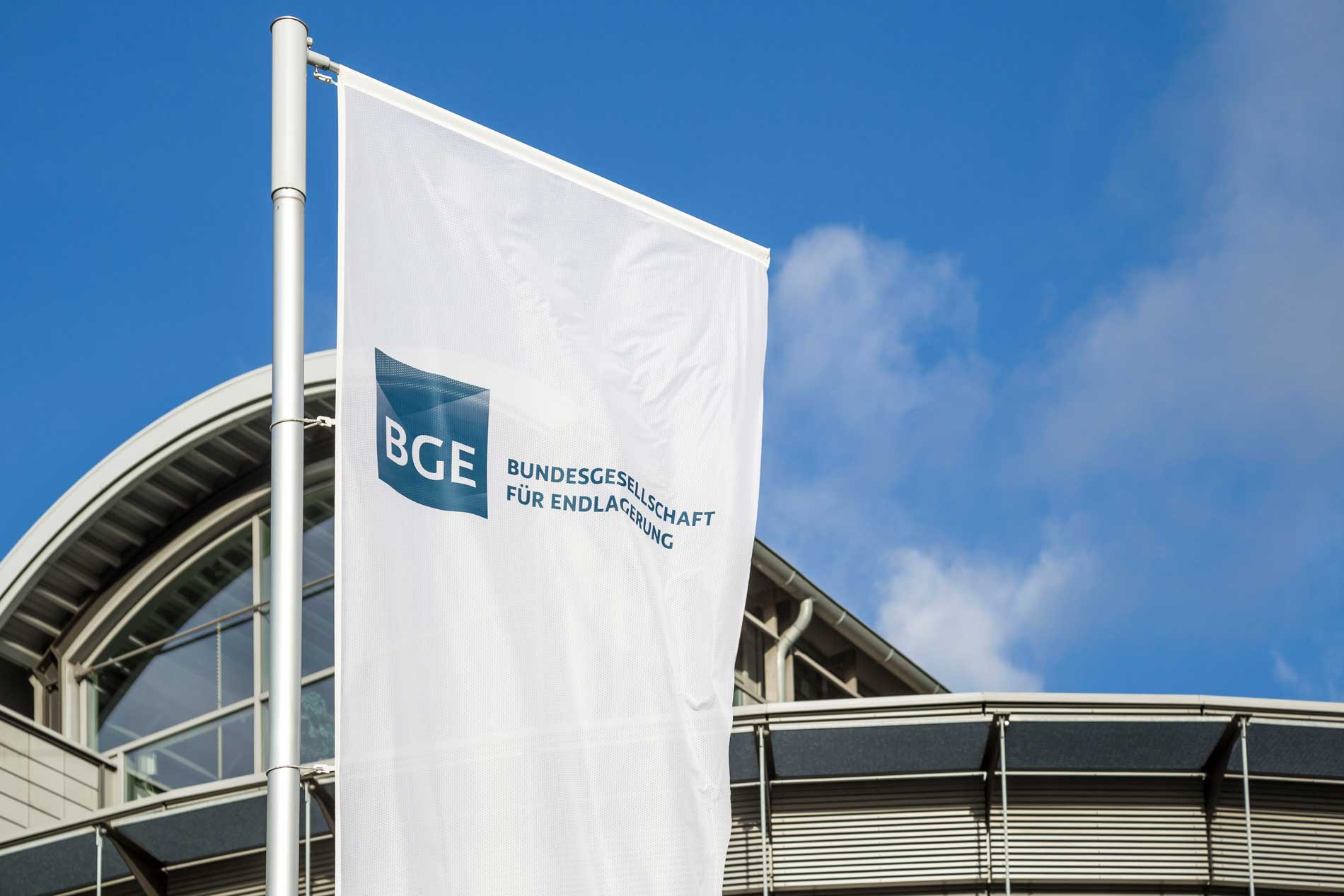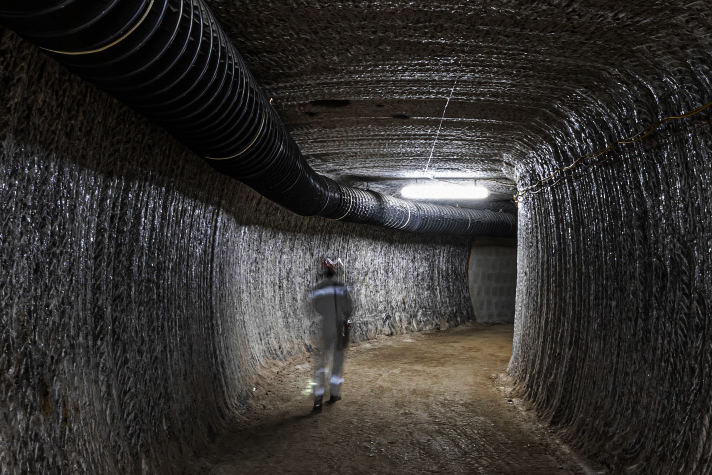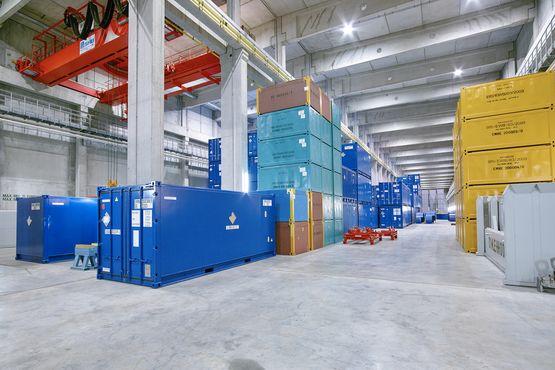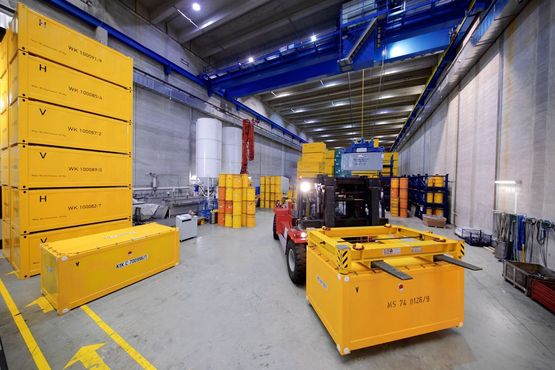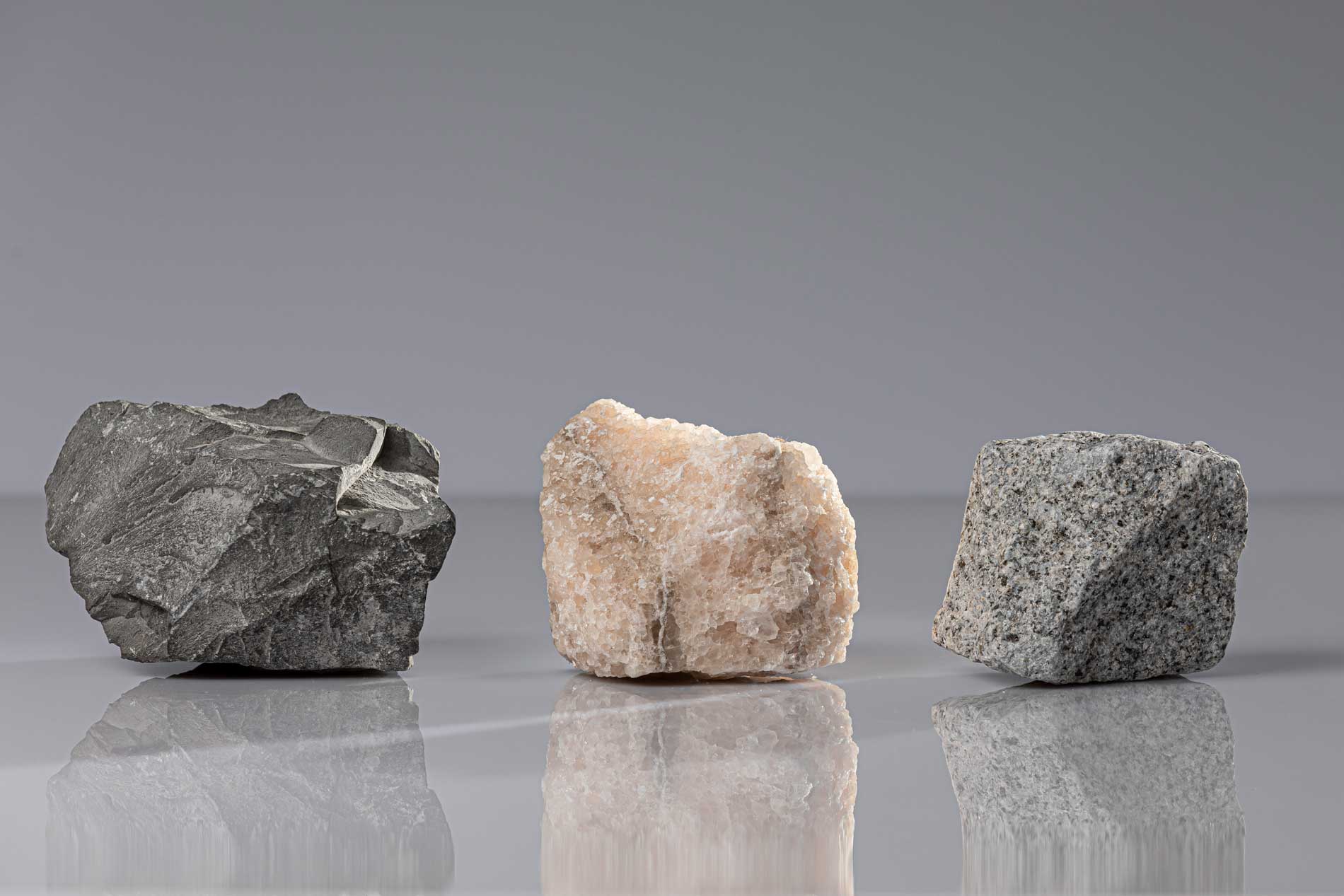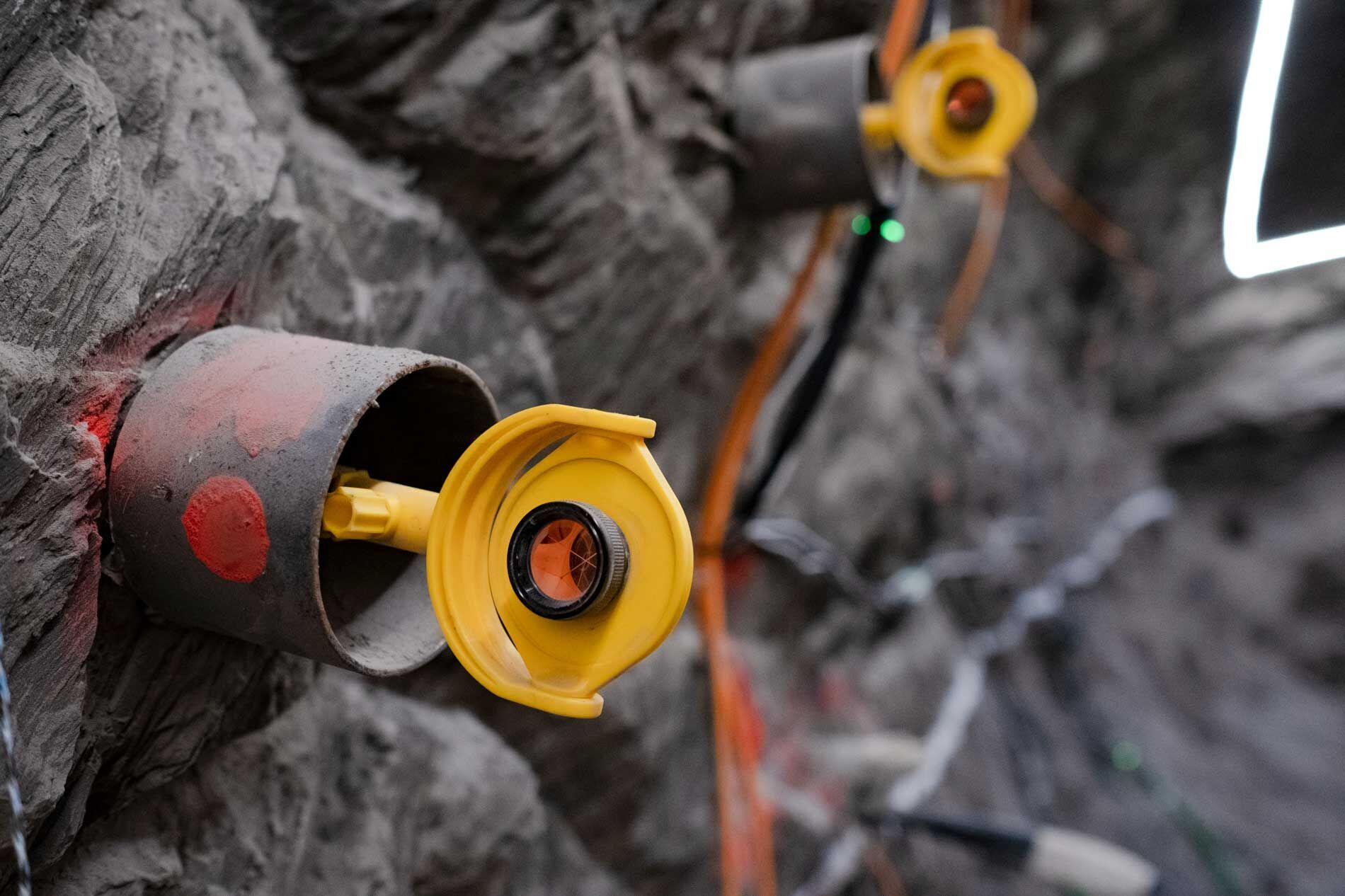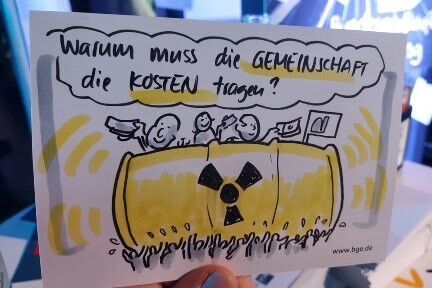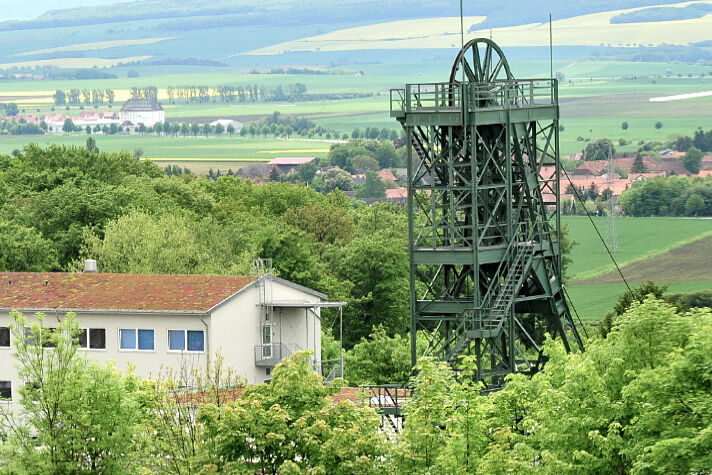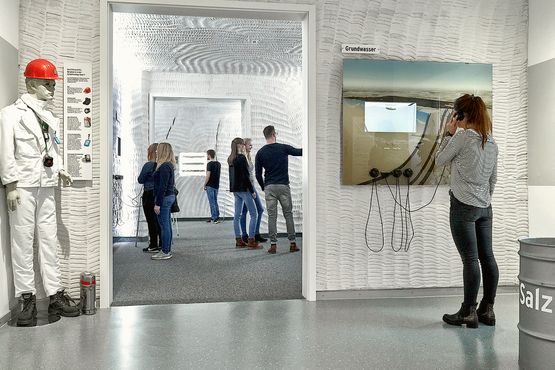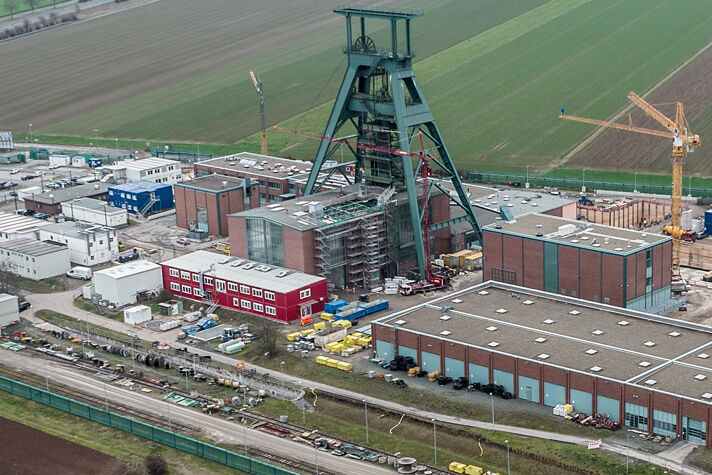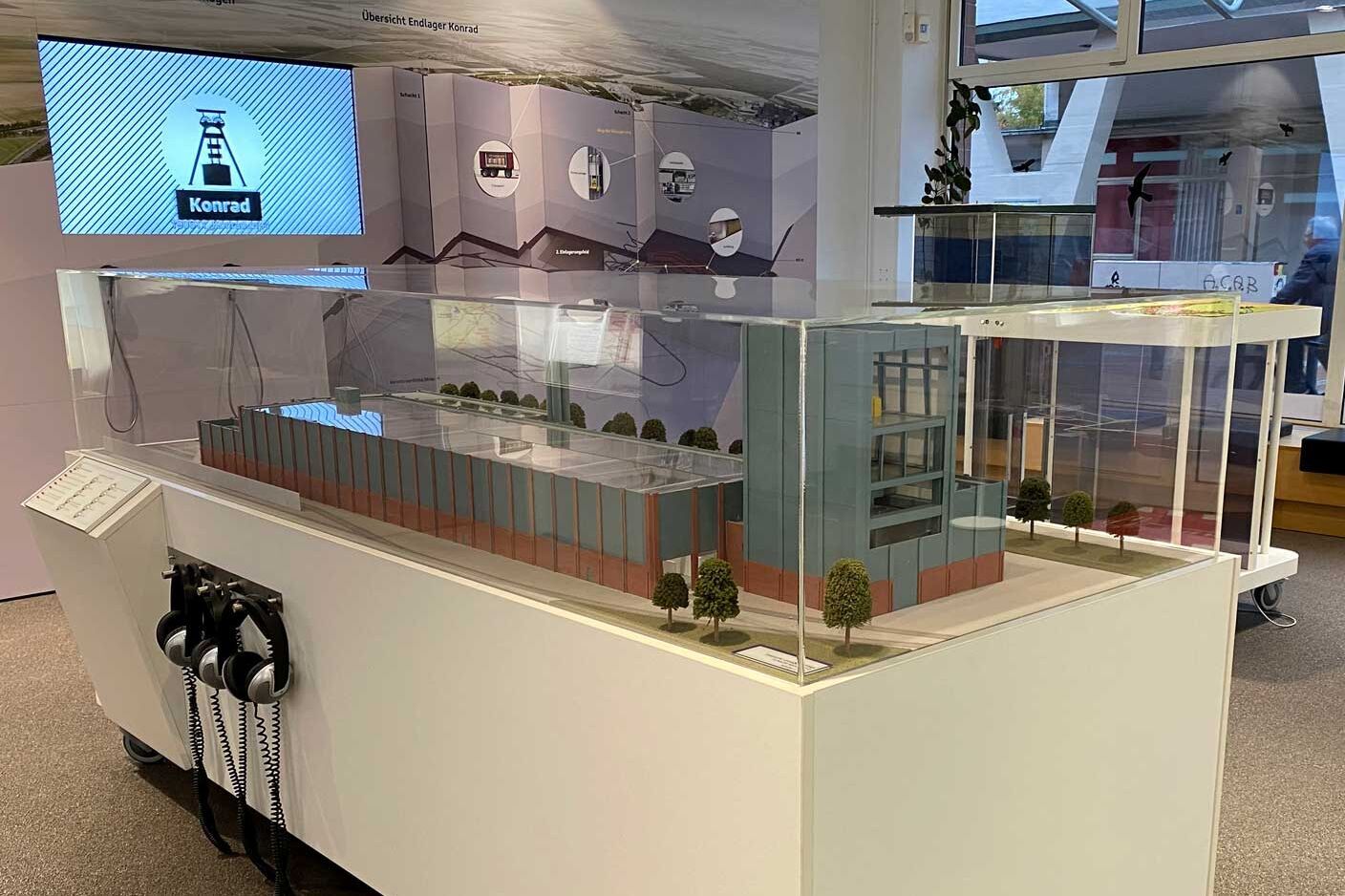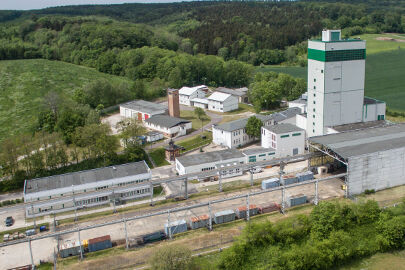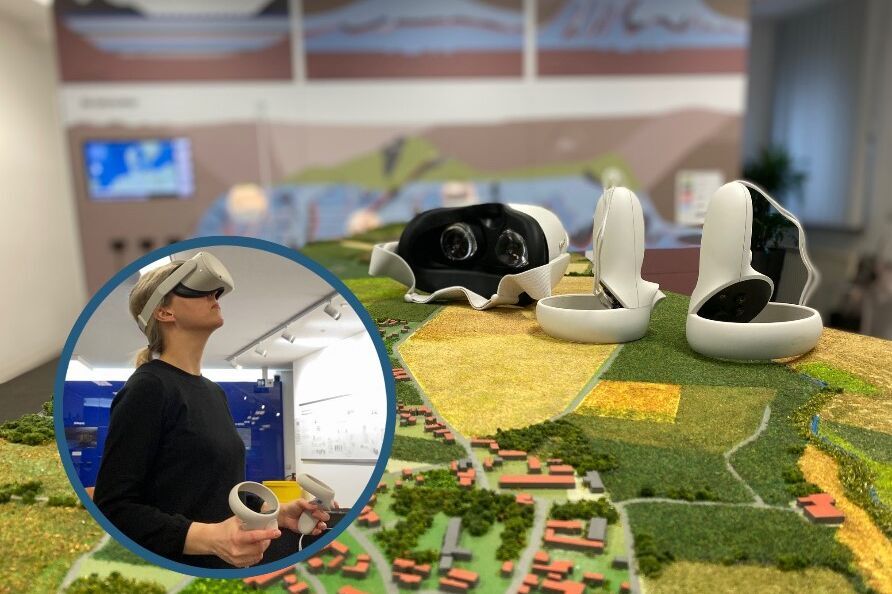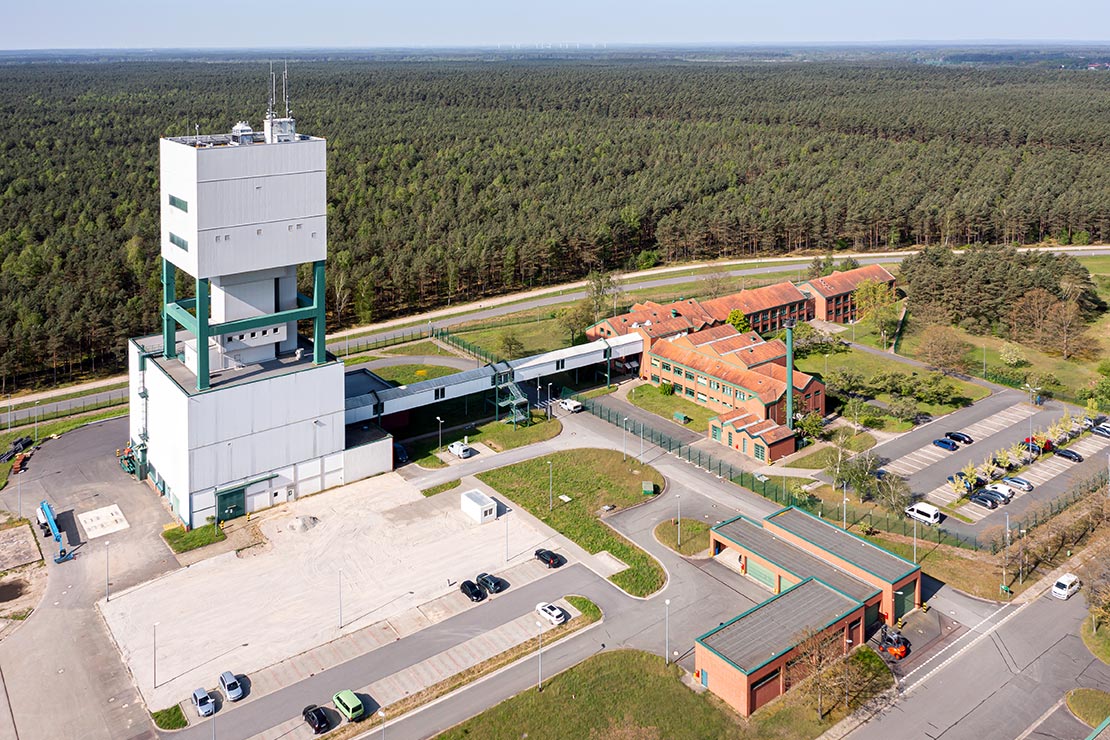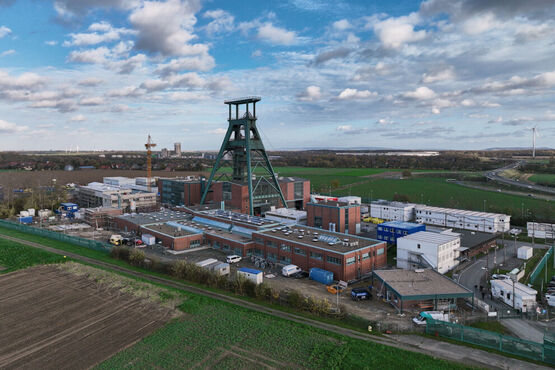Construction work on the Konrad repository has reached an advanced stage, and all new buildings on the Konrad 1 site have now been built. Konrad 1 is the conventional part of the repository, through which staff and materials will be brought underground and back to the surface. All of the underground cavities needed for repository operation have been excavated, and the underground expansion work is almost complete.
With the commissioning of the construction site for the surface installations at Konrad 2, the process of building the repository is now on the home straight. In the future, the Konrad 2 section will be used to accept low- and intermediate-level radioactive waste and to transport and store this waste underground. Accordingly, a key building block in the disposal strategy for materials from the decommissioning of nuclear power plants and research facilities is becoming a reality. However, completion of the Konrad repository in 2027, which has been the assumption since 2017, is no longer achievable.
Three reasons for the delay
There are three main reasons for this: firstly, it took the Bundesgesellschaft für Endlagerung mbH (BGE) longer to restructure contractual relationships with the central contractors (general planners) than was expected at the time of the BGE’s founding. General planners are the central contracting parties for planning the construction work.
Secondly, the BGE underestimated the work involved in updating the implementation plans for all of the buildings to reflect the updated safety requirements for protection against earthquakes under nuclear regulations. To this day, the necessary calculations continue to prove particularly demanding for all parties involved. Thirdly, it has become clear that the necessary approval procedures under nuclear law can’t always be implemented within the time frames assumed in the BGE’s scheduling.
Dr Thomas Lautsch, Technical Managing Director of the BGE, says: “When the BGE started working on Konrad, we resolved a stoppage of construction work on the emplacement shaft that could not be addressed due to the previous accountability structure.” However, Lautsch adds: “In terms of the specific work, we’ve found that we’d underestimated the complexity of the tasks in many cases. This is particularly true of Konrad 2. But we’re confident that, with support from our contractors, we’ll be able to overcome this challenge as well.” The BGE also hopes that the supervisory and licensing authorities responsible will review and approve the subsequent procedure quickly.
Konrad Shaft 2 is the biggest challenge
Preparing the Konrad 2 emplacement shaft is currently the deadline-critical step. In a reassessment of the remaining building work, the BGE has estimated that work is running about two years behind schedule. Through intensive dialogue, the aim is now to sound out other ways of speeding up the work.
In the next few years, the BGE will pay particular attention to potential changes in safety-relevant regulations for the completion of the Konrad repository so that it can respond more quickly. The BGE will especially endeavour to determine requirements more accurately through a process of continual dialogue with contractors and authorities and to submit the corresponding documents. In particular, the BGE will engage in dialogue with the authorities with a view to optimising the implementation of mining and nuclear law.
In the past, the BGE has increased the intensity of work at the construction sites by expanding the shift model to continuous operation. This possibility is examined again in each new processing step and implemented in the event that it will speed up progress.
In terms of the application submitted to the Lower Saxony Ministry for the Environment by two environmental associations to withdraw or revoke the licence (planning approval decision) for the Konrad repository, the BGE has no doubts as to the legitimacy of the licence. The Environment Ministry in Hannover has announced that a decision will be made on the application in late 2023.
About the BGE
The BGE is a federally owned company within the portfolio of the Federal Environment Ministry. On 25 April 2017, the BGE assumed responsibility from the Federal Office for Radiation Protection as the operator of the Asse II mine and the Konrad and Morsleben repositories. In addition to the decommissioning of the Gorleben mine, its other tasks include searching for a repository site for the disposal of high-level radioactive waste produced in Germany on the basis of the Repository Site Selection Act, which entered into force in May 2017. The managing directors are Stefan Studt (Chair) and Dr Thomas Lautsch (Technical Managing Director).

